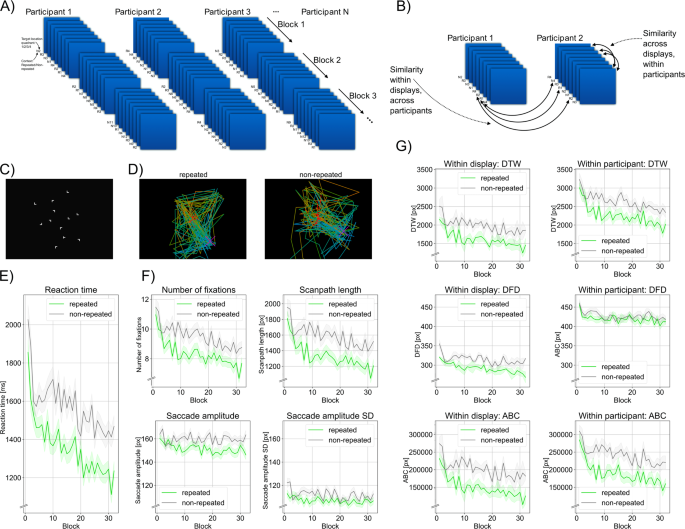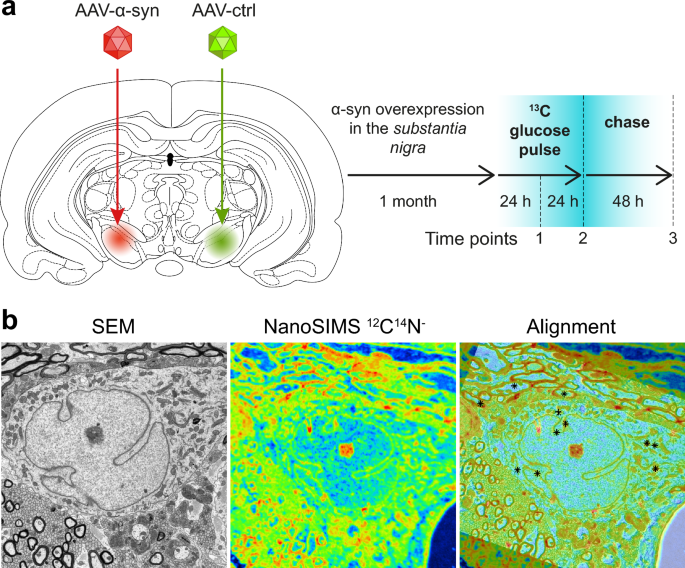2023-09-29 ミュンヘン大学(LMU)
◆選択的な注意の神経メカニズムに関する研究では、視覚的な探索において、特定のオブジェクトが他のオブジェクトと特定の配置にある場合、それをより速く見つけることができることが示されています。しかし、新たなアイ トラッキング スキャンパスの分析によれば、これは特定の表示に対する記憶ではなく、新しい能力や効果的なスキャン戦略の学習を支援しています。
◆視覚検索のコンテキスト効果は、この効果の副産物とされ、視覚的なスキャン戦略が感覚情報と注意選択の間で役立つことが示唆されています。
<関連情報>
- https://www.lmu.de/en/newsroom/news-overview/news/visual-search-context-facilitates-more-effective-strategies.html
- https://www.nature.com/articles/s44271-023-00019-8
視覚的探索の文脈的手がかりは、最適な一対一の眼球運動走査戦略の獲得を反映する Contextual cueing of visual search reflects the acquisition of an optimal, one-for-all oculomotor scanning strategy
Werner Seitz,Artyom Zinchenko,Hermann J. Müller & Thomas Geyer
Communications psychology Published:20 September 2023
DOI:https://doi.org/10.1038/s44271-023-00019-8

Abstract
Visual search improves when a target is encountered repeatedly at a fixed location within a stable distractor arrangement (spatial context), compared to non-repeated contexts. The standard account attributes this contextual-cueing effect to the acquisition of display-specific long-term memories, which, when activated by the current display, cue attention to the target location. Here we present an alternative, procedural-optimization account, according to which contextual facilitation arises from the acquisition of generic oculomotor scanning strategies, optimized with respect to the entire set of displays, with frequently searched displays accruing greater weight in the optimization process. To decide between these alternatives, we examined measures of the similarity, across time-on-task, of the spatio-temporal sequences of fixations through repeated and non-repeated displays. We found scanpath similarity to increase generally with learning, but more for repeated versus non-repeated displays. This pattern contradicts display-specific guidance, but supports one-for-all scanpath optimization.


